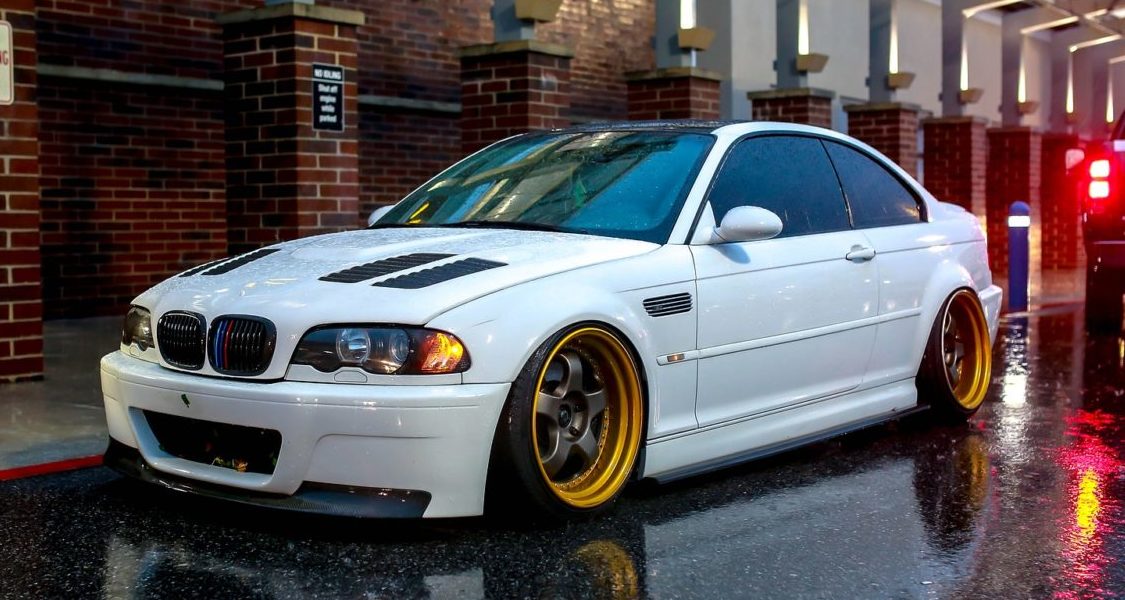
Wheel spacers are essential to enhancing your stance life game. Whether you’re just looking to give your car a flush or hellaflush stance, improve your car’s handling, or something else, this guide is for you. We’ll show you how to find the right wheel spacers for your car in 5 EASY STEPS.
Step 1: Finalize your wheel, tire, ride height, and alignment setup first
Don’t just run out and buy wheel spacers that people on car forums recommend. While these people mean well, this is bad advice. The combination of wheels, tires, ride height, and alignment settings all affect a car’s stance, so every car is unique.
It’s pretty obvious how wheels affect a car’s stance, however, many people don’t realize that tires do as well. Let’s say you go from a 235 width tires to 245s. The tire is going to stick further out on both sides of the wheel, which will give your car a visually wider stance.
You also need to consider how your car’s alignment, specifically camber, affects your stance. The more negative camber you have, the more the top of the wheels will stick into the fender wells. On the other hand, positive camber will have the opposite effect.
Ride height will have a similar effect as camber on your car’s stance. If you’ve ever lowered your car, you probably noticed that the wheels appear more sunken in afterwards. This happens because negative camber increases as you lower a car.
So, before you go out and buy wheel spacers, make sure you’ve settled on what wheels, tires, ride height, and alignment settings you’ll be running. By determining your setup first, you can purchase the right wheel spacers the first time around.
Step 2: Determine how you want your wheels to sit
Alright, now it’s time to determine how flush or hellaflush you want your wheels to be. Take a look at your car from multiple angles to get a sense of what will look good. We recommend keeping the top of your tires just slightly inside the fenders, so you don’t get any rubbing.
Pro Tip: As you push your wheels out, the gap between your tire and fender will appear larger.

Step 3: Take measurements to determine the right wheel spacer width
When you have your stance all figured out, use a framing square or ruler to measure how far you need to push the wheels out. Consider how far out the top, middle, and bottom of each wheel will sit. Finally, have a few friends sit inside your car, so you can double check that your tires won’t rub when the suspension is compressed.
Note: To get the right stance, you may need to run different width wheel spacers in the front and the rear.
Step 4: Pick the right wheel spacer style
Cars that use wheel bolts (mainly European cars)
European cars usually use wheel bolts to secure the wheels to the hubs. In this case, you’ll want to use slip-on style wheel spacer. This type sits on the wheel hub and is sandwiched in place by the wheel.
To ensure you can secure your wheels properly, you will also need to use new wheel bolts that are longer than the originals by the width of the wheel spacers. Many high quality wheel spacers will include the appropriate length wheel bolts for your specific vehicle.
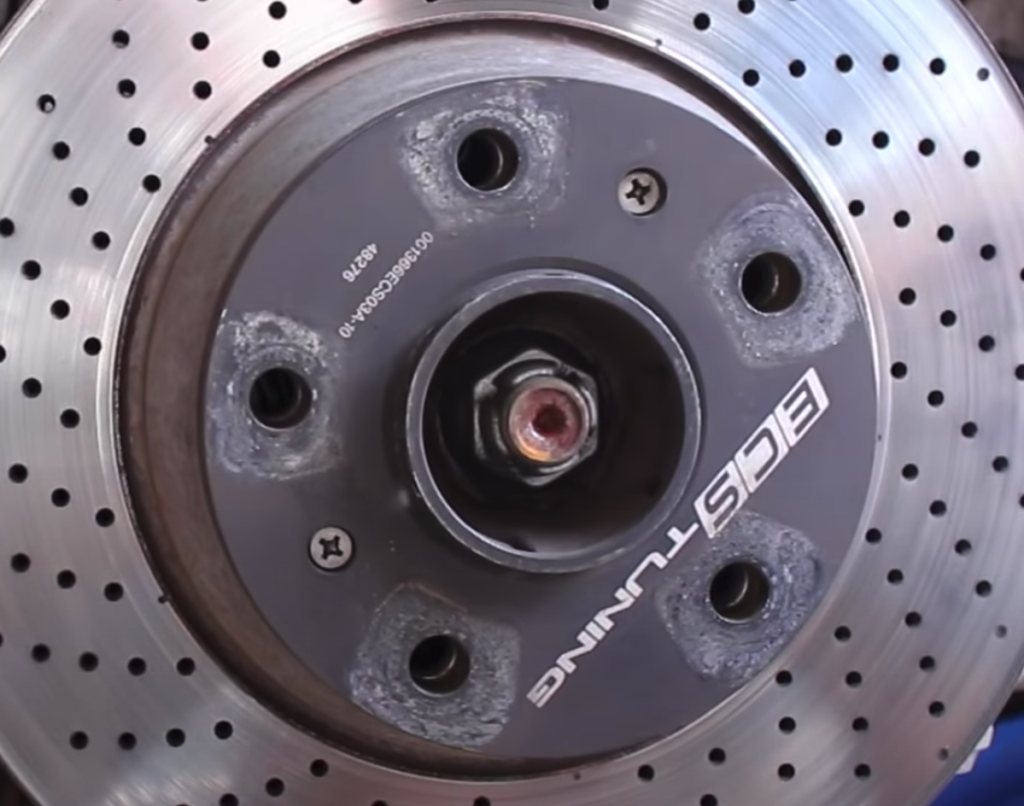
Cars that use lug nuts (mainly American and Asian cars)
American and Asian cars typically use lug nuts to secure the wheels. Because of this, you have two options. Your easiest solution is to go with wheel spacers that bolt onto the hub. The better solution is to use a slip-on wheel spacer and longer wheel studs, however, installation will be more difficult.
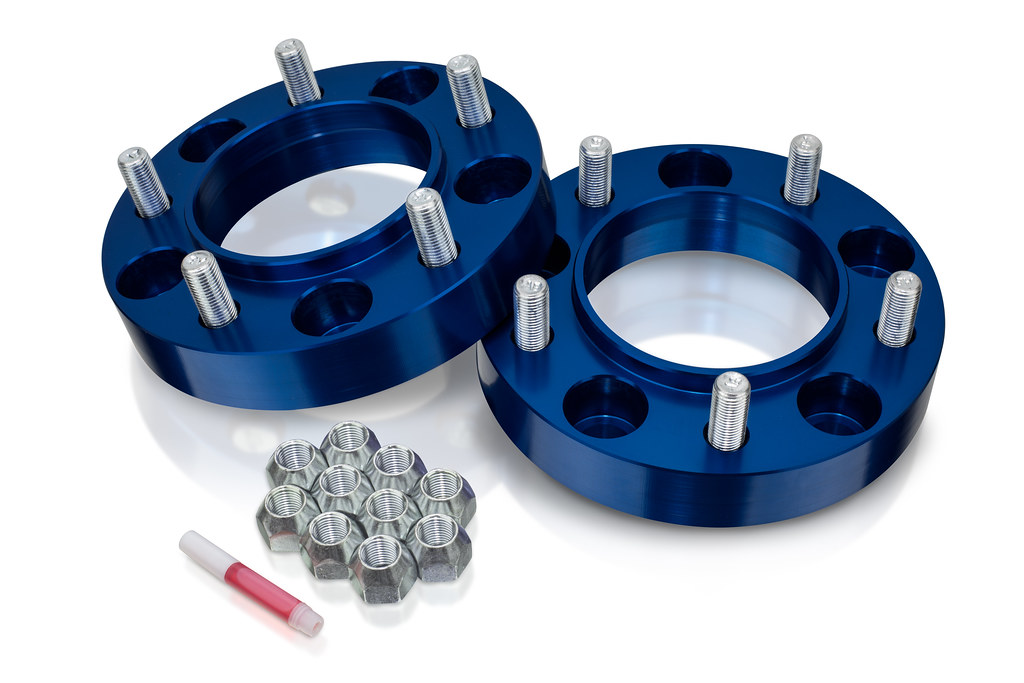
“Model No: WHS023” by Spidertrax is licensed under CC BY 2.0
Additional considerations
Before ordering wheel spacers, make sure you purchase a set that is compatible with your car’s wheel bolt pattern (ie: 5 x 120 mm). We also recommend that you only use hub centric wheel spacers, means which the wheel spacers will sit perfectly centered on the hub.
Step 5: Install the wheel spacers
Slip-On Wheel Spacers with Longer Wheel Bolts
As shown in this video from Eibach, you can easily install slip-on wheel spacers by following these steps.
- Park your vehicle on a flat surface and apply the emergency brake.
- Chalk off the wheels you aren’t working on.
- Break the wheel bolts loose.
- Jack up one corner at a time and remove the wheel.
- Clean the surface of the hub with fine sandpaper, so the wheel spacer can sit flat on the hub.
- Place the wheel spacer onto the hub.
- Reinstall the wheel using the new wheel bolts and torque them to spec.
Bolt-On Wheel Spacers
Installing bolt-on wheel spacers differs slightly, but is still very easy to do. As shown in this video from Eibach, here are the steps.
- Park your vehicle on a flat surface and apply the emergency brake.
- Chalk off the wheels you aren’t working on.
- Break the wheel bolts loose.
- Jack up one corner at a time and remove the wheel.
- Clean the surface of the hub with fine sandpaper, so the wheel spacer can sit flat on the hub.
- Place the wheel spacer onto the hub.
- Secure the wheel spacers with the supplied nuts and torque the nuts to the factory lug nut torque spec.
- Reinstall the wheel using the new wheel bolts and torque them to spec.
Slip-On Wheel Spacers with New Studs
Installing slip-on wheel spacers and new studs is more difficult. We won’t get into the step-by-step details, but you’ll need to remove your brake calipers and rotors in order to replace the studs. To get an idea of how much work is involved, check out this video from WhattheHuck.
Products Recommendations
ECS Tuning
If you have a European car, we highly recommend ECS Tuning’s wheel spacer kits which include the proper wheel bolts for your application. Their wheel spacers are designed in-house and are precisely CNC machined out of 6061-T6 aluminum. You can find ECS Tuning wheel spacers here.
Eibach
Eibach is a famous manufacturer of suspension components that makes both slip-on and bolt-on wheel spacer kits for most vehicles. You can’t go wrong with Eibach. Find Eibach wheel spacers for your car here on Amazon.
H&R
Like Eibach, H&R is another famous suspension components company that makes proven wheel spacers. Find H&R wheel spacers for your car here on Amazon.
Closing Thoughts
As you can see, it’s easy to add wheel spacers to enhance your car’s looks and handling. Just remember to measure twice and cut once, so you purchase the right wheel spacers the first time around.
To see how you can save money on maintenance, check out our detailed maintenance guides. While we encourage car owners to do-it-yourself to save money, we understand DIY is not for everyone. Check out our service center recommendations to find a highly rated mechanic near you. Thanks for reading and subscribe to eCarGuides to get the latest information for all of your car ownership needs.
Wheel Spacer FAQs
Question: Will wheel spacers mess up my car?
Answer: By extending the wheels further out, wheel spacers put more stress will put more stress on your vehicle’s wheel bearings. This can lead to the wheel bearings failing prematurely. However, if you are only using wheel spacers that are 10 mm or less, the impact should be minimal.


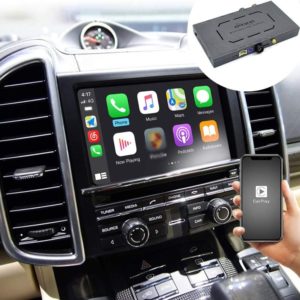
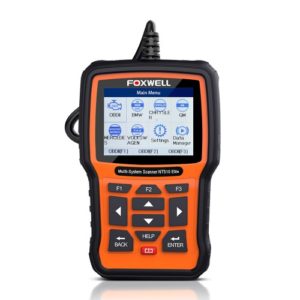
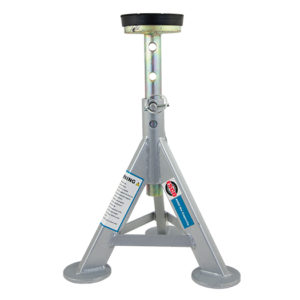
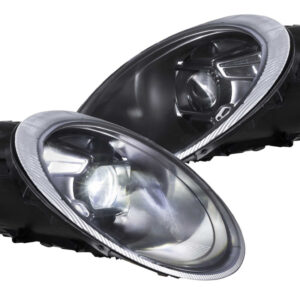
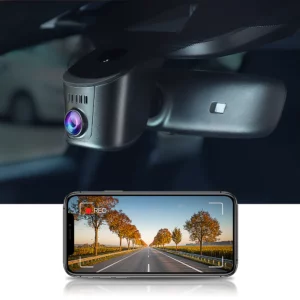
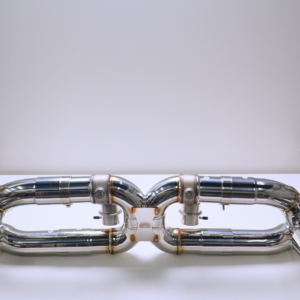

Joe says:
Hello, I have a 2009 Audi Q7. Putting a 30mm on the front and 40 on the back is not good?
Dennis @ eCarGuides says:
Those are pretty wide wheel spacers that would put more stress on your wheel bearings, which could lead to premature wear. You would be better off going with smaller spacers or update your wheels to slighter wider ones that will give you a more flush stance.